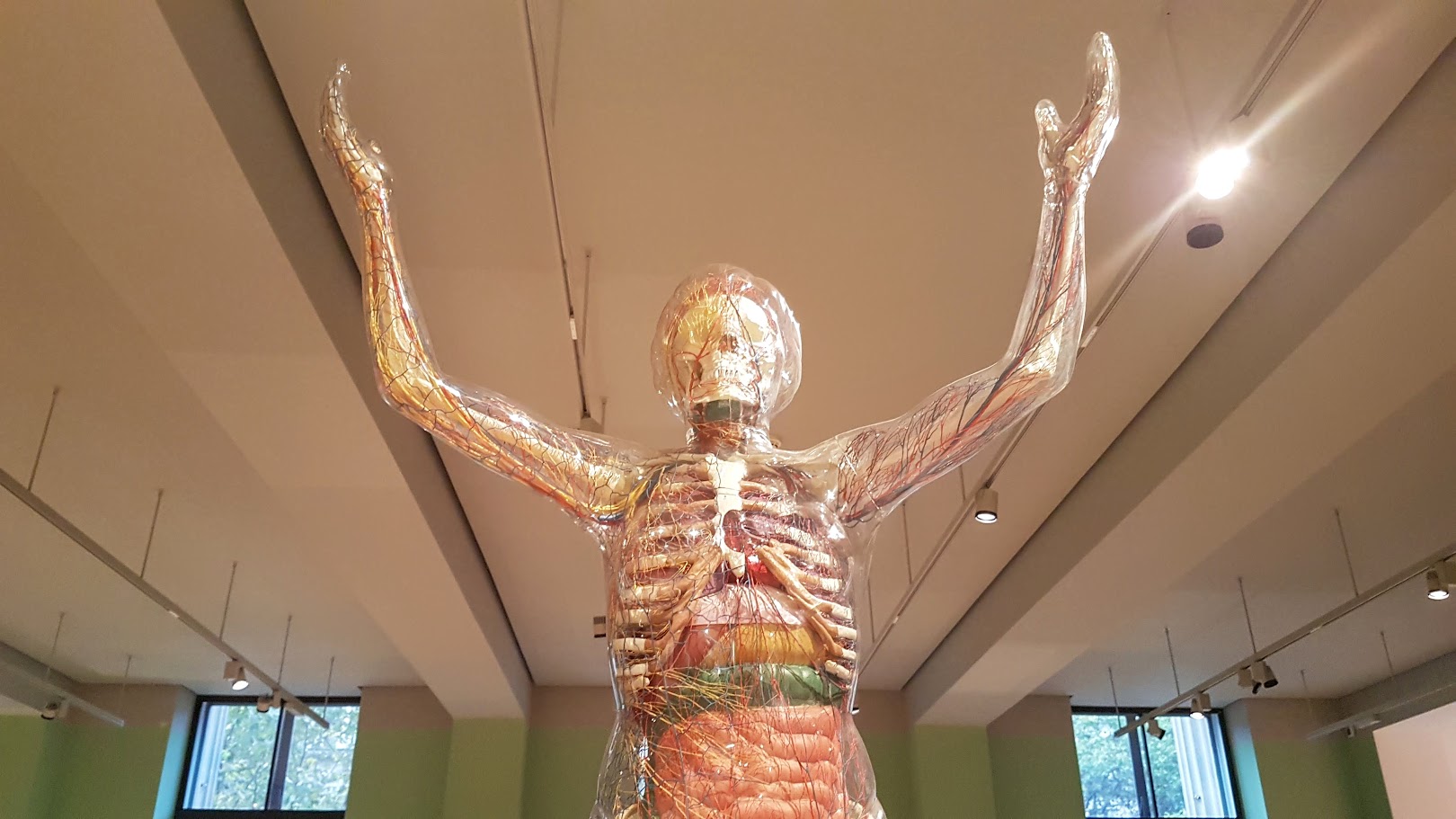Science
Groundbreaking Perovskite Detector Revolutionizes Medical Imaging

A team of researchers has developed the world’s first crystal-based detector, known as a perovskite camera, which can significantly enhance imaging capabilities within the human body. This innovative technology promises to transform the field of nuclear medicine by capturing gamma rays with unmatched clarity, thereby facilitating faster, safer, and more affordable medical scans.
The research, conducted by scientists from both Northwestern University in the United States and Soochow University in China, aims to improve the quality and reduce the costs associated with nuclear medical techniques. Current imaging methods, while effective, often rely on expensive and complex detectors that can limit accessibility and quality. The new perovskite-based detector addresses these challenges by providing precise imaging capabilities that enhance diagnostic processes.
In modern medical practice, nuclear techniques are crucial for evaluating the heart’s function, assessing blood flow, and identifying hidden diseases. The limitations of existing detectors have prompted the need for a more effective solution. The perovskite camera has the potential to reshape this landscape, offering clearer images and shorter scanning sessions while minimizing patient exposure to radiation.
The findings of this study were published in the scientific journal Nature Communications. Professor Mercouri Kanatzidis, a leading figure in the research, highlighted the transformative potential of perovskite crystals. “Perovskites are a family of crystals known for transforming the field of energy, and now they can do the same for nuclear medicine,” he stated. He further emphasized that this technology represents a significant advancement in producing the sharp and reliable images necessary for optimal patient care.
The research team utilized their extensive knowledge of perovskite crystals, which Kanatzidis has been studying for over a decade. In 2012, he and his colleagues created the first solid-film solar cells using perovskites, and by 2013, they had demonstrated that single perovskite crystals could effectively detect X-rays and gamma rays. “When we first discovered in 2013 that perovskite single crystals could detect X-rays and gamma rays, we could only imagine their potential,” Kanatzidis recalled.
By meticulously growing and shaping these crystals, the researchers developed a pixelated sensor similar to those found in smartphone cameras. This advancement allows for record-breaking clarity and stability, paving the way for practical integration into next-generation nuclear medicine imaging systems.
The commercialization of this technology is being pursued through Actinia Inc., a Northwestern University spinout company. Actinia is collaborating with partners in the medical device industry to transition the technology from laboratory research to clinical application. “High-quality nuclear medicine shouldn’t be limited to hospitals that can afford the most expensive equipment,” Kanatzidis noted. He envisions that the use of perovskites will facilitate clearer, faster, and safer scans for a broader range of patients globally.
Registered Nurse Jamie Prevatt, who has spent 33 years in the healthcare field, expressed enthusiasm for the potential impact of this innovation. “This new medical technology sounds amazing,” she said. “This advancement will help with diagnosing, is less invasive, and it will certainly aid in patient recovery.”
As this groundbreaking technology moves closer to real-world application, the ultimate goal remains clear: to provide better scans, enhance diagnoses, and improve overall patient care. The advancement of the perovskite camera marks a significant milestone in the ongoing evolution of medical imaging, with the promise of making high-quality diagnostics more accessible and effective for patients worldwide.
-

 Politics4 weeks ago
Politics4 weeks agoSecwepemc First Nation Seeks Aboriginal Title Over Kamloops Area
-

 World5 months ago
World5 months agoScientists Unearth Ancient Antarctic Ice to Unlock Climate Secrets
-

 Entertainment5 months ago
Entertainment5 months agoTrump and McCormick to Announce $70 Billion Energy Investments
-

 Science5 months ago
Science5 months agoFour Astronauts Return to Earth After International Space Station Mission
-

 Lifestyle5 months ago
Lifestyle5 months agoTransLink Launches Food Truck Program to Boost Revenue in Vancouver
-

 Technology3 months ago
Technology3 months agoApple Notes Enhances Functionality with Markdown Support in macOS 26
-

 Lifestyle3 months ago
Lifestyle3 months agoManitoba’s Burger Champion Shines Again Amid Dining Innovations
-

 Top Stories2 months ago
Top Stories2 months agoUrgent Update: Fatal Crash on Highway 99 Claims Life of Pitt Meadows Man
-

 Politics4 months ago
Politics4 months agoUkrainian Tennis Star Elina Svitolina Faces Death Threats Online
-

 Sports5 months ago
Sports5 months agoSearch Underway for Missing Hunter Amid Hokkaido Bear Emergency
-

 Politics5 months ago
Politics5 months agoCarney Engages First Nations Leaders at Development Law Summit
-

 Technology5 months ago
Technology5 months agoFrosthaven Launches Early Access on July 31, 2025









